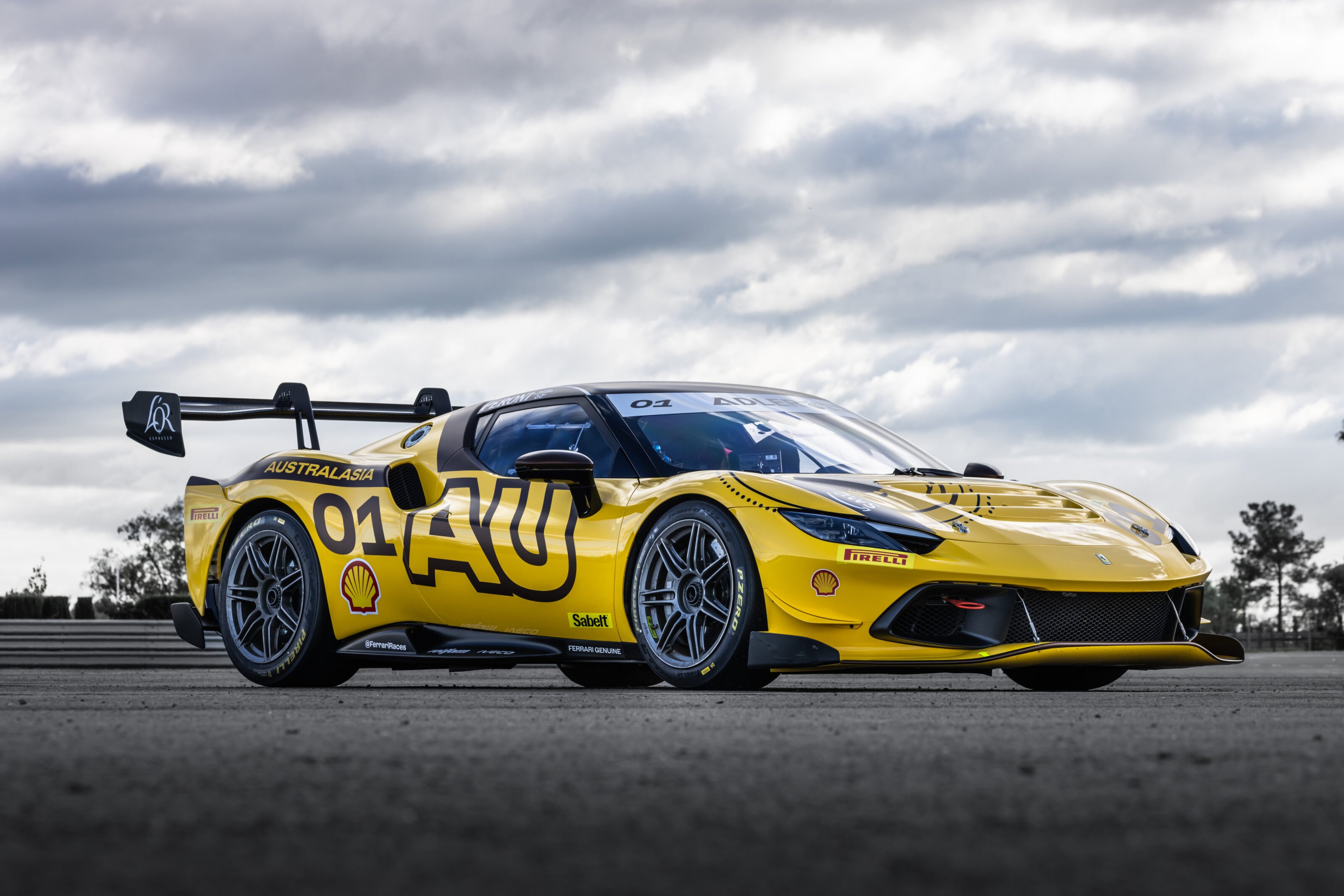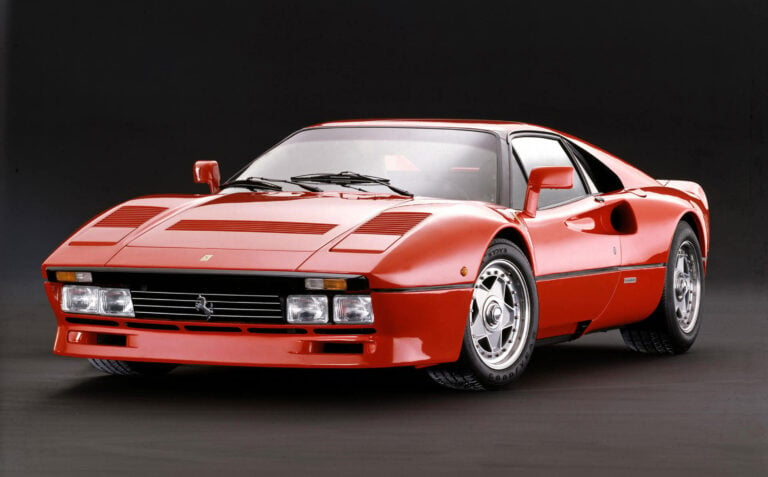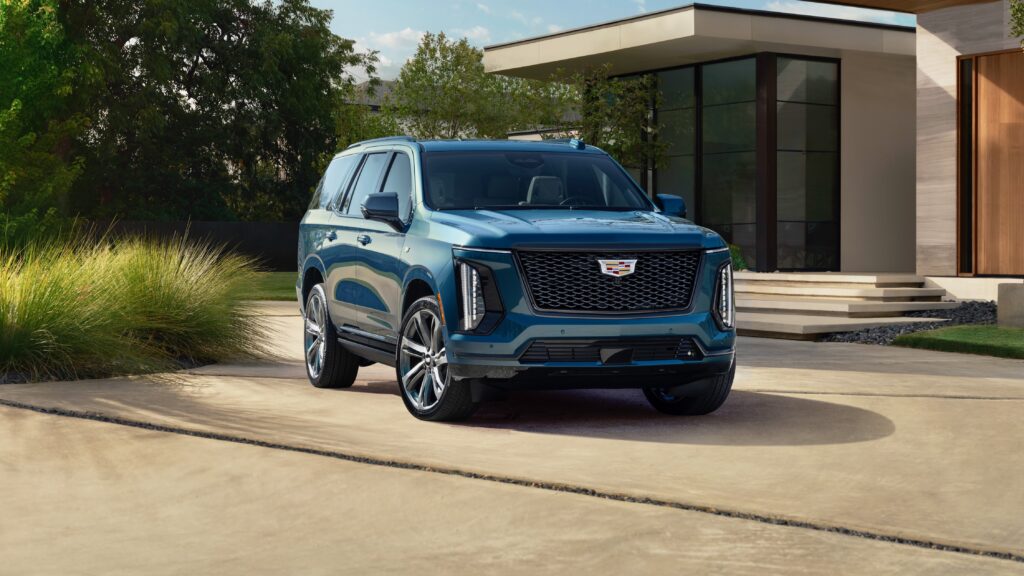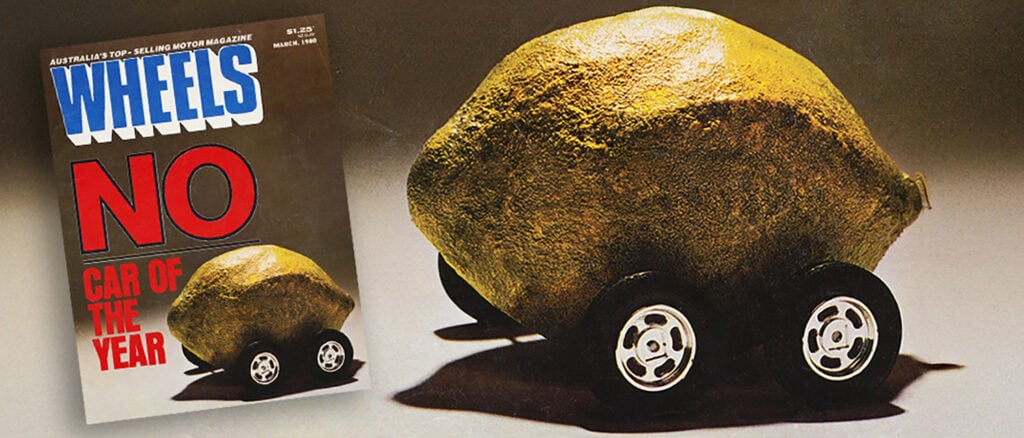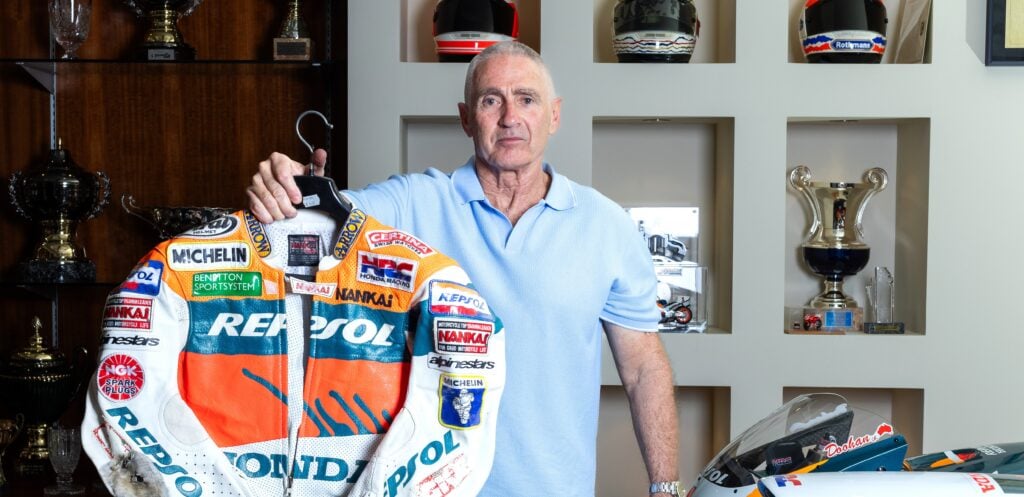In an effort to find the world’s toughest and most resilient killing machines, the Special Air Service (SAS) subjects candidate soldiers to an horrific series of physical and mental fitness tests, one of which varies in its exact nastiness but goes something like this.
The person is stuffed into a corrugated iron tube, partially submerged in water or somewhere hot, while the exterior is lashed with lengths of heavy chains by huge shouting men. The exercise is designed to disorientate and confuse, and establish the participant’s ability to remain focused on a task and not turn into a shuddering mass of PTSD.
This, I’ve discovered, is a lot like being taken for a lap of the Monteblanco circuit in Ferrari’s new 296 Challenge. The confined space is provided by a scarlet and white onesie, restraints pulled so tight it’s impossible to take a deep breath, and an aluminium-skinned cage that’s being heated by a surprisingly hot Spanish sun. The chains and hollering men? That part of the assault is provided by six cylinders doing 8000 rpm and expelling their breath through two turbos and an un-silenced exhaust system.
That’s how my day in Ferrari’s latest one-make racer started out – with a beating. But as the day unfolded, it turned into one of the most rewarding and addictive four-wheeled experiences money can buy. The best part? You’re more likely to qualify for ownership of Ferrari’s latest track machine than being sworn into one of the most elite special forces on the planet.
Consider that a blessing.
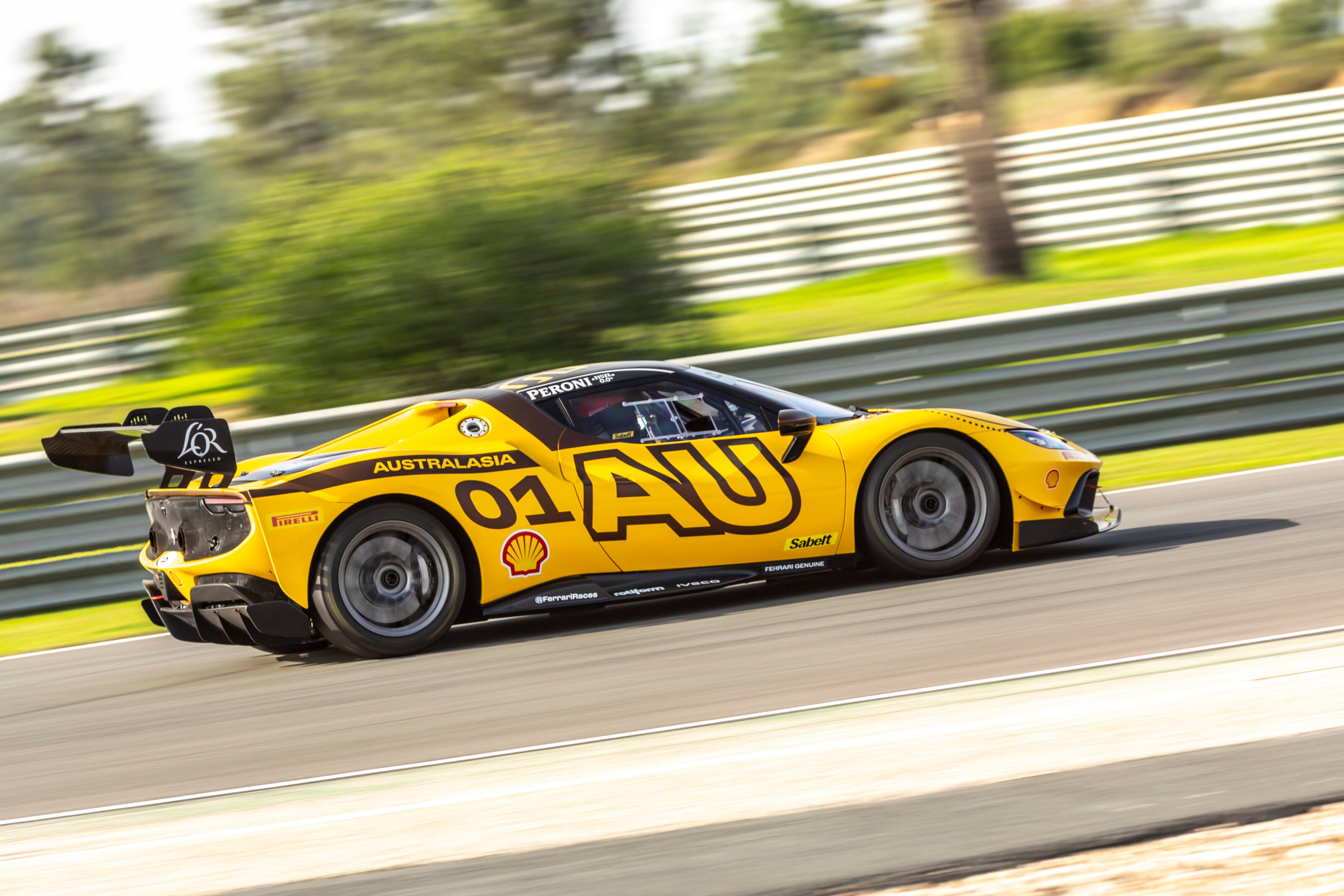
The back story
Few car brands can brag about a greater level of exclusivity than Ferrari. Producing fast, beautiful cars was certainly the kingpin of the early road car formula but deliberately restricting supply to many times less than demand was a strategy that worked brilliantly later in the company’s history.
Today, the number of cars that roll out of the Maranello factory is still capped way below demand and in addition, Ferrari typically reserves its most expensive, advanced and potent models for a select shortlist of the most loyal and longstanding customers. Shelling out a fortune on an invitation-only basis must surely be the greatest definition of exclusivity the retail world has ever seen.
So you’re probably looking at the images of this pared-back, lightened and winged version of Ferrari’s 296 with centre-lock wheels and slick tyres, and thinking it probably comes with a price tag that would have you reaching – not for the mortgage broker’s card – but a dodgy organ trader.
Historically, track-honed Ferraris come with prices to make Russian oligarchs wince, such as the SF90 XX which was a relative bargain at more than $1.5m. Or the 599XX Evo, for which the price wasn’t really ever clear thanks to a weirdly convoluted path to ownership. How about something slightly less exclusive and newer such as a 296 GT3? For this bona fide racer you’d have to shell out about a million so we’re not even close to ‘affordable’, however you choose to define the word.
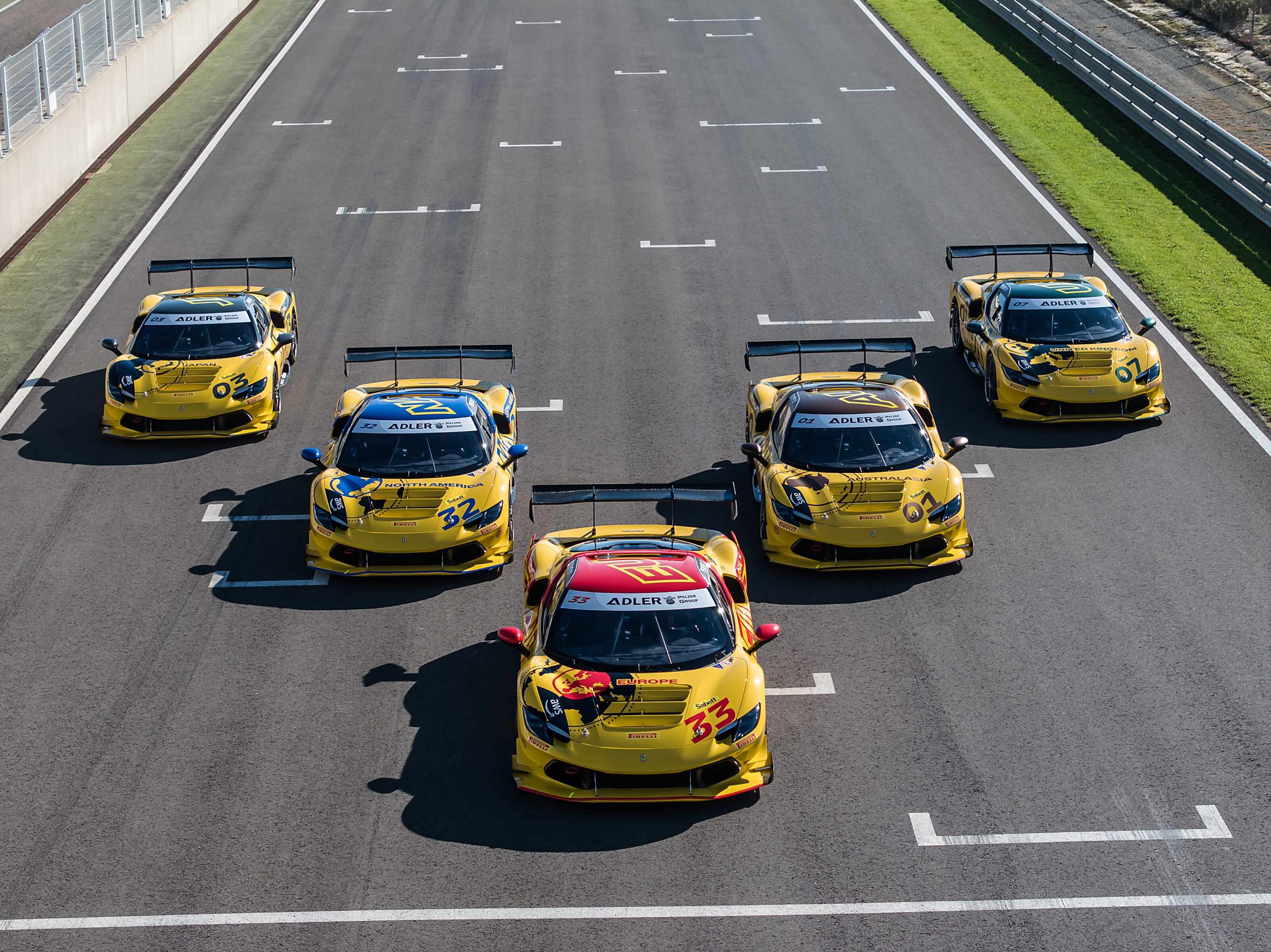
But this is the new Ferrari Challenge model – based on the 296 – and among its long list of remarkable numbers, perhaps the most surprising is its price. Before we get to that though, it’s important to understand why this car exists at all. After all, with the 296 GT3 looking after the racing market, the GTB and GTS twins catering for the road contingent, and the SF90 XX and F80 created for those who want pretty much the most uncompromising Ferraris available today, regardless of the price, why offer another 296 derivative that’s neither welcome on the public road nor the mainstream circuit? The answer is 32 years old.
There’s never been a shortage of Ferrari owners that want to take their cars to the track and even go bumper to bumper with each other but in 1993, Ferrari brought the road and racing worlds together with the 348 Challenge. The factory off-the-shelf, race-prepped car was just part of the recipe it offered to customers, with a full racing calendar adding the other key component. Finally there was a race car that wore the prancing horse but wouldn’t break the bank… and an equally affordable way to race it.
The Ferrari Challenge was born. Over the next three decades, the company would offer a Challenge version of each mid-engined V8 model. The 355 followed the 348 pioneer, then the 360, and F430, while the more recent 458 and 488 were offered with an Evo version each totalling four Challenge generations.
Not only has the bloodline of Challenge cars grown to eight, the growing popularity of the series prompted Ferrari to expand its global offering and, from that first European championship, North America, Japan and the UK have all since been added.
Here’s where it gets really exciting. It should be fairly obvious by now that this story is about the ninth Ferrari Challenge car based on the 296 GTB but while there’s lots to get into about the latest hardware, the other part of the story is hinted at in its livery, which differs slightly on each of the five demo vehicles that rolled out at the Monteblanco circuit in the south of Spain.
Layered on top of base yellow paint, each car denotes the location of a Ferrari Challenge series and how many years it has been held in that region. By the end of 2025, the longest running will be Europe with 33, followed closely by North America a year later – 32. Then there’s the UK series which joined in the fun in 2019 and which will hold seven events before the year’s out, while Japan’s third event is due later in the year.
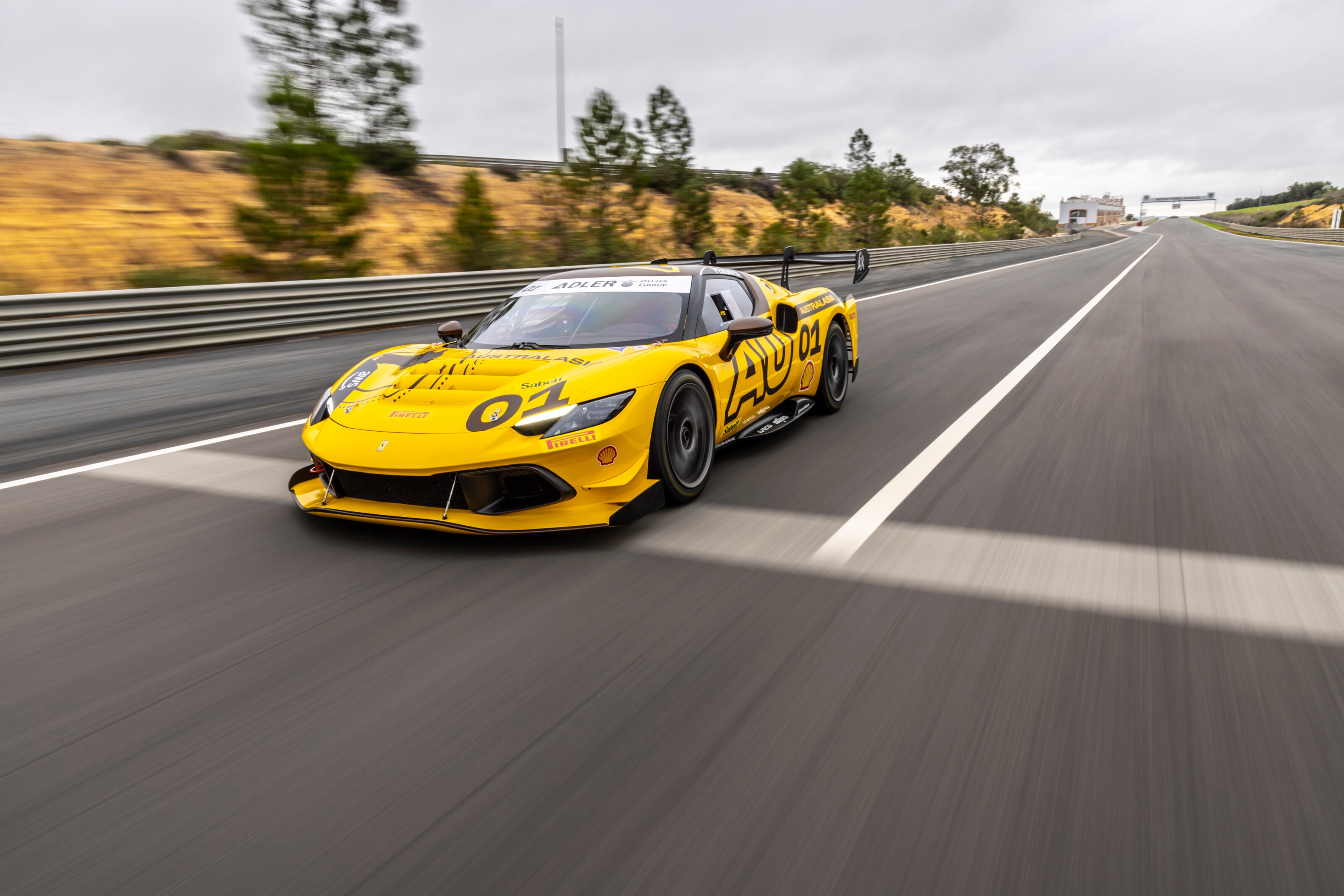
Australia joins the party
But what’s this? A fifth car wearing the letters AU and the number 01?
While the Ferrari Challenge has occasionally moonlighted with the odd round in the great southern land over the years, 2025 will be the first time Australia hosts a complete series all of its own, with five races planned around the country. The first round accompanied the Bathurst 12 Hour in February.
Had you wanted to fulfil an ambition to pilot a Ferrari around one of Australia’s most iconic circuits this year, one of the only ways previously would have been to achieve great racing success in multiple disciplines over many years before landing a gig at the wheel of a Pro-Am Ferrari 296 GT3, as demonstrated by racing greats Chaz Mostert and Will Brown.
The pair led the number 26 car to a class win, demonstrating why they were the guys for the job. But now, thanks to the Ferrari Challenge, there is another way and it’ll be the same story for the remaining four races around the country. It’s still not a cheap exercise although hitting the track in a Ferrari 296 Challenge is significantly more affordable than a GT3, thanks to a whole heap of engineering differences (and despite the similar exterior appearance).
For a start, many of the panels in carbon fibre on the GT3’s body are swapped out for plastic, slashing the cost of repair if (who are we kidding – when) there’s a little shoulder-to-shoulder action. It still has a carbon ceramic brake rotor in each corner like the GT3, but for the Challenge car, Ferrari developed a special CCR-M Plus recipe derived from Formula 1 and it’s twice as durable but three times as thermally conductive. Braking performance improvements are one quality but longevity is the real bonus, with Ferrari claiming a single set has the potential to last an entire season, significantly reducing the budget.
Speaking of compounds, the specific Pirelli Challenge tyres are now only available in a single compound, further reducing the necessary stock for each team and therefore the outlay for a season. Not only that, the unique tyre is wider at the front and wears at the same rate as the rears, but manages to be sustainable as one of the world’s first FSC (Forest Stewardship Council) certified tyres.
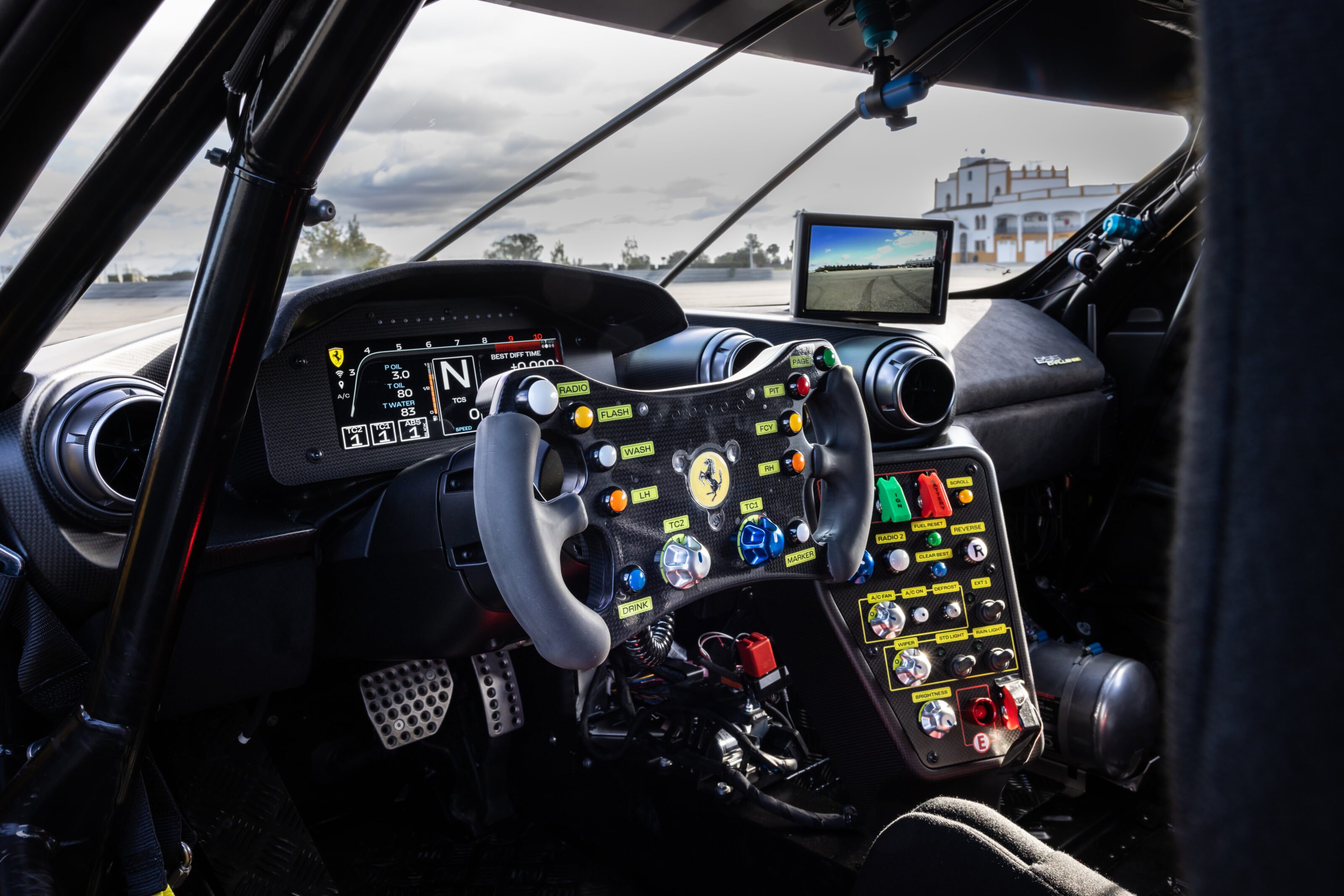
You’d be forgiven for thinking that all this cost saving and sustainability means the Challenge is an impotent cousin to the GT3 but you’d be very wrong. Unbound by strict FIA rules, the 296 Challenge is more powerful and faster in a straight line, with 700 horsepower (515kW) and 740Nm versus the GT3’s 600hp (441kW) and 712Nm. Ferrari wouldn’t be drawn on which would cross the line first in a race at any particular circuit but, for comparison, the new 296 Challenge is a whole two seconds a lap faster than the 488 Challenge Evo at the Mugello circuit. So, no, you’re not looking at some well-dressed charlatan with no lead in its pencil. A fact that becomes clear with the first application of throttle.
After that first familiarisation lap with former Honda Racing F1 test driver Luca Filippi in the hot seat, it’s my go and the 18 turns of the 4.7km Monteblanco circuit await. The first task is to not get lost. With a whopping 26 different configurations, this track is one of the most versatile on the planet. The second task is to not spear off at the first corner on cold tyres and in a fog of jet lag.
Fortunately, the shove of 700 horsepower in a car that weighs just 1330kg dry is like a shot of Thai-strength Red Bull directly into the heart. Perhaps the most significant part of the Challenge conversion is the deletion of the road car’s hybrid system. This, Ferrari will tell you, is not an admission that electric bits aren’t yet good enough for racing, but one of many ‘influences’ from the GT3 car – which also has no hybridisation to comply with FIA rules.
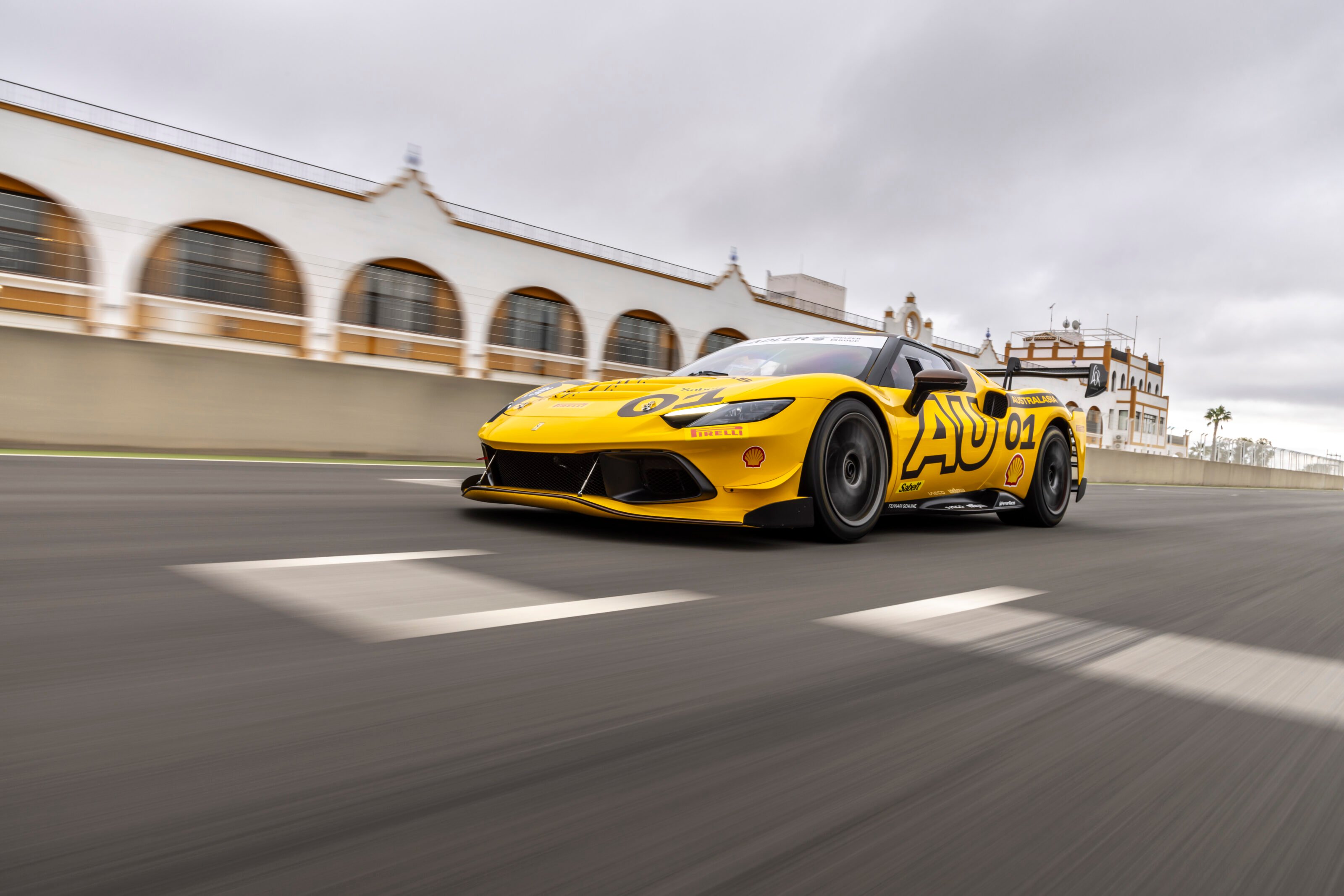
Despite the lack of electric assistance, the 296 Challenge manages an even greater output thanks to a little loosening of the turbine taps. The 120-degree dry sump V6 has a new free flowing exhaust system which goes directly through the space where the hybrid system previously resided and, while it retains the catalytic converters, the particulate filters are gone. The resulting lower back pressure allowed the pair of turbos to be turned up another 10 per cent with each spinning at 180,000 rpm before the waste gates crack open, resulting in 10 percent more boost.
All that, plus some ignition retardation, has liberated 37 more horsepower than the road car and an engine that produces an awesome 234 hp per litre – more than any road or ‘road-derived’ racing Ferrari before it. The power delivery is completely astonishing and the aggressiveness of acceleration belies the engine’s 2.9 litres. Peak power happens at 7500 rpm but the engine note and strength is so intoxicating, finding the discipline to tug the paddle shifter at the right moment is almost impossible before the limiter.
More incredible however, is the braking performance. Savagely efficient deceleration is a common personality trait in race cars but the 296 Challenge goes further. It too will haul up from 230km/h to the first corner with stoic repeatability, but its new ABS Evo Track combined with the special rotor compound and brake-by-wire is a masterpiece. Despite no physical connection between the pedal and master cylinder, the brake feel is solid but requires less pressure to reach lock point. So where an open wheeler might require more than 80kg of weight for full force, the Challenge feels as though it needs about half that while still providing the progressiveness and feel of a pure race car. The new ABS adds the final facet of excellence with a brilliant balance of corner-to-corner brake force distribution in unison with the TC/e-Diff. The result is a car that responds impossibly well to trail braking and, in certain turns, is best when brake pressure is bled off until after the apex.
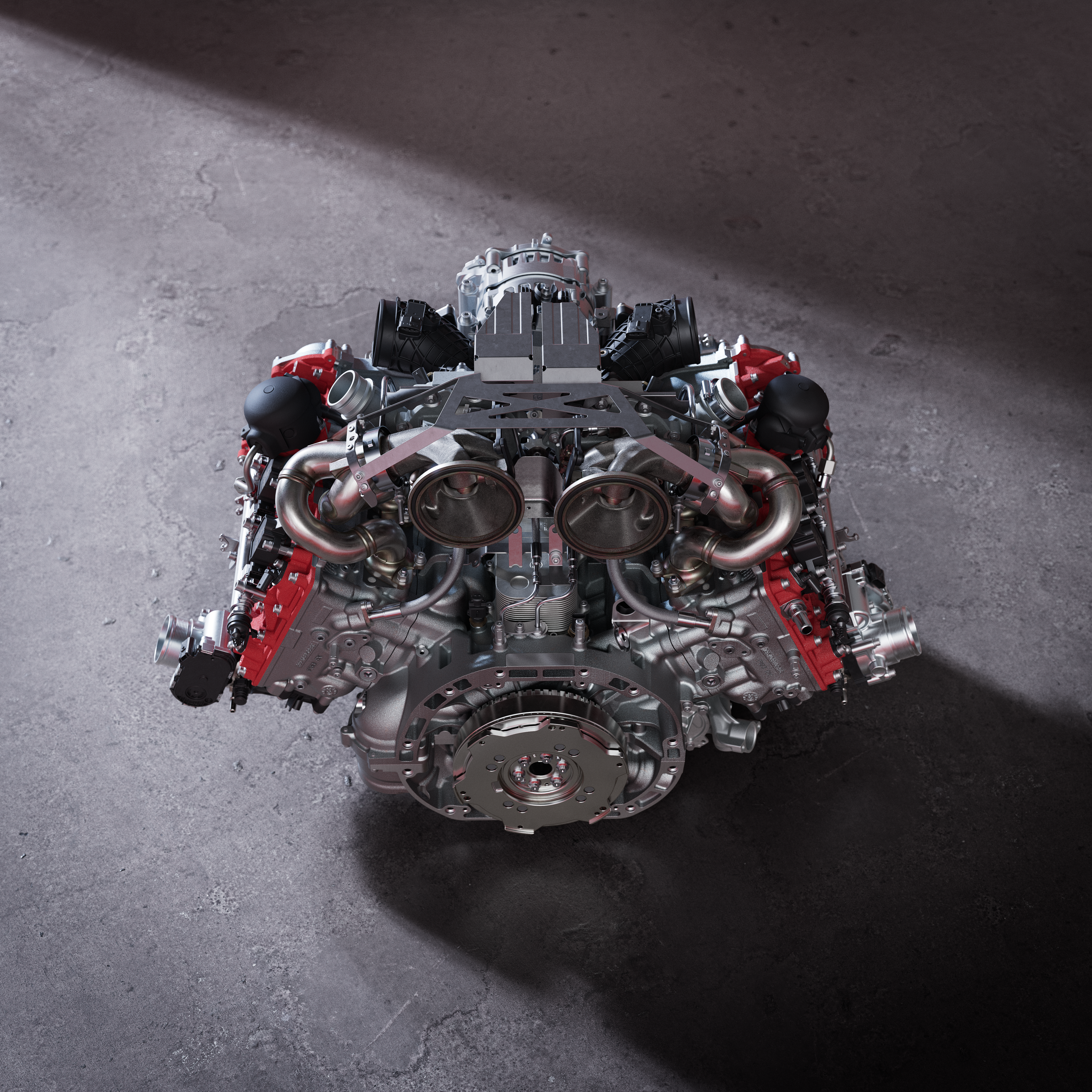
Of course this is only possible thanks to the weight distribution and transfer of a mid-engined machine and some serious aero. For the new car, downforce was increased with up to 870kg available at 250km/h – but that’s not to say the Challenge is infallible and it’ll still allow you to make mistakes. Give in to the temptation to accelerate too early in a corner and the Ferrari will understeer, get stuck in a bit late, and you’ll have oversteer to deal with. The key point though is that no errors are day-ending unless you really try and the four manettino settings (essentially two for wet and two for dry conditions) plus traction control options allow the car to be tuned to individual ability and confidence.
It takes a couple of sessions to learn the track but time taken to learn the 296 Challenge’s breadth of ability is also time well invested. A few telemetry sessions with Ferrari’s ace team – just part of the service when you sign up as a Challenge driver – and seconds are slashed away on track.
Now the Ferrari is starting to feel like it’s tailor-made-familiar. The seat feels like I’ve been poured in, the steering yoke – unchanged from the 488 Challenge – is perfection, while the air conditioning and good visibility all-round makes the cabin almost as civilised as the road car. But it’s still brutal enough and ever willing to fight back through the controls if I lapse concentration for a second, while the constant soundtrack is utterly intoxicating. It’s unofficial, but Ferrari calls its V6 the ‘piccolo V12’ and its shout from behind has a lot of the appeal of its twofold sibling. Each time the throttle is snapped closed, the pair of turbos go from hissing angrily to gasping through the dump valves like a demonic Sodastream.
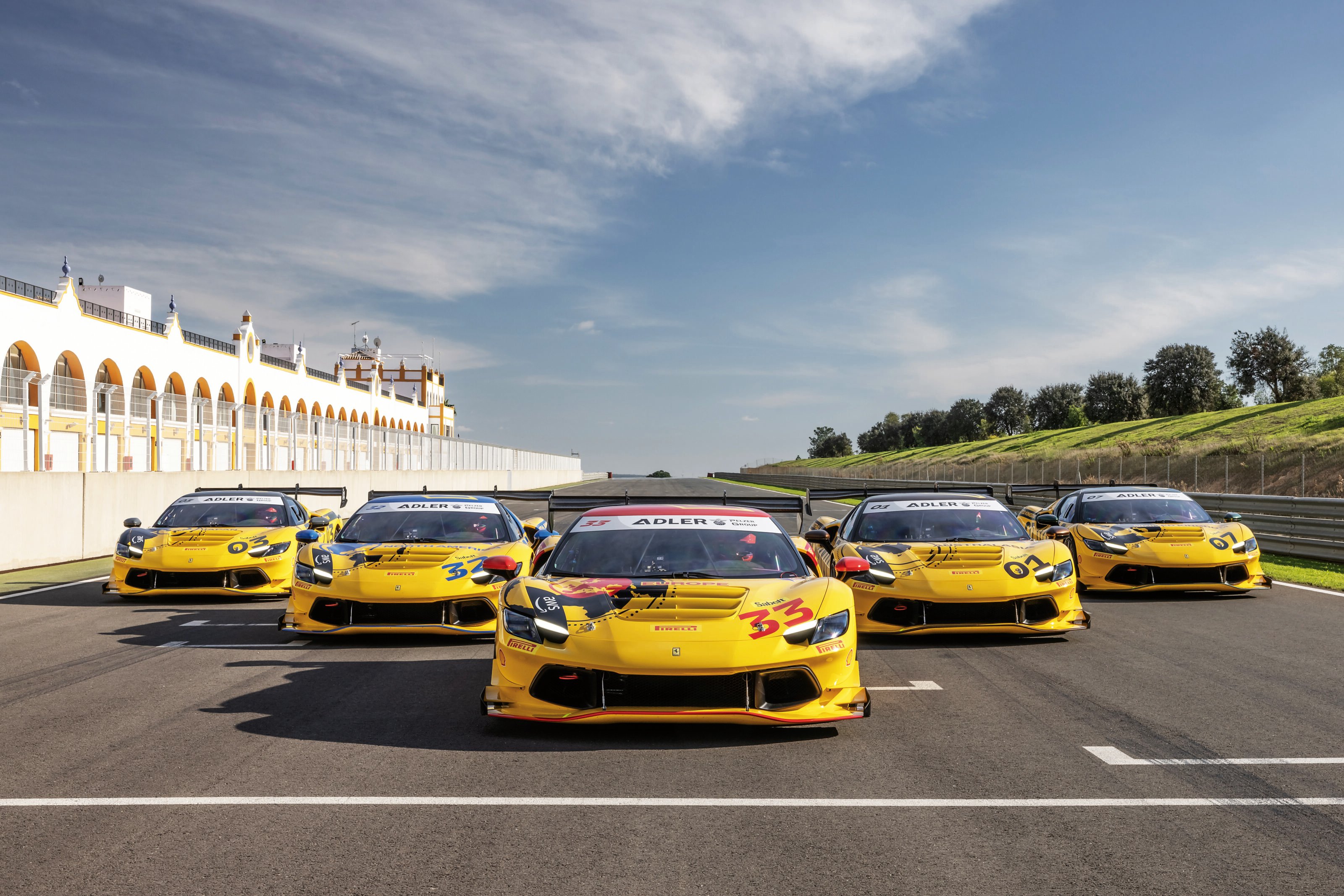
So how much does the ultimate track-day Ferrari cost? Obviously, there’s a lot more expense associated if you want to take the 296 Challenge racing because, sorry, no one ever said motorsport was cheap. But putting an example of this racer in your truck will cost you about the same as putting a road-going version of the 296 on your driveway – $568,300 and there are not even ‘on-roads’ to pay the dealer.
The latest generation of Ferrari’s lauded Challenge cars is surprisingly affordable and viciously capable but easily its most impressive attribute is its breadth of appeal. No one would be surprised to see a prancing horse race car going fast in the hands of a Ferrari test driver but when handed over to someone with much less experience and talent such as a gentleman racer or me, the 296 Challenge is still fast and offers a rewarding and educational experience.
The latest addition to the Challenge family is a triumph of circuit car engineering that is neither frightening to the uninitiated nor soft at its fringes for a pro. That is the 296 Challenge’s true genius.


